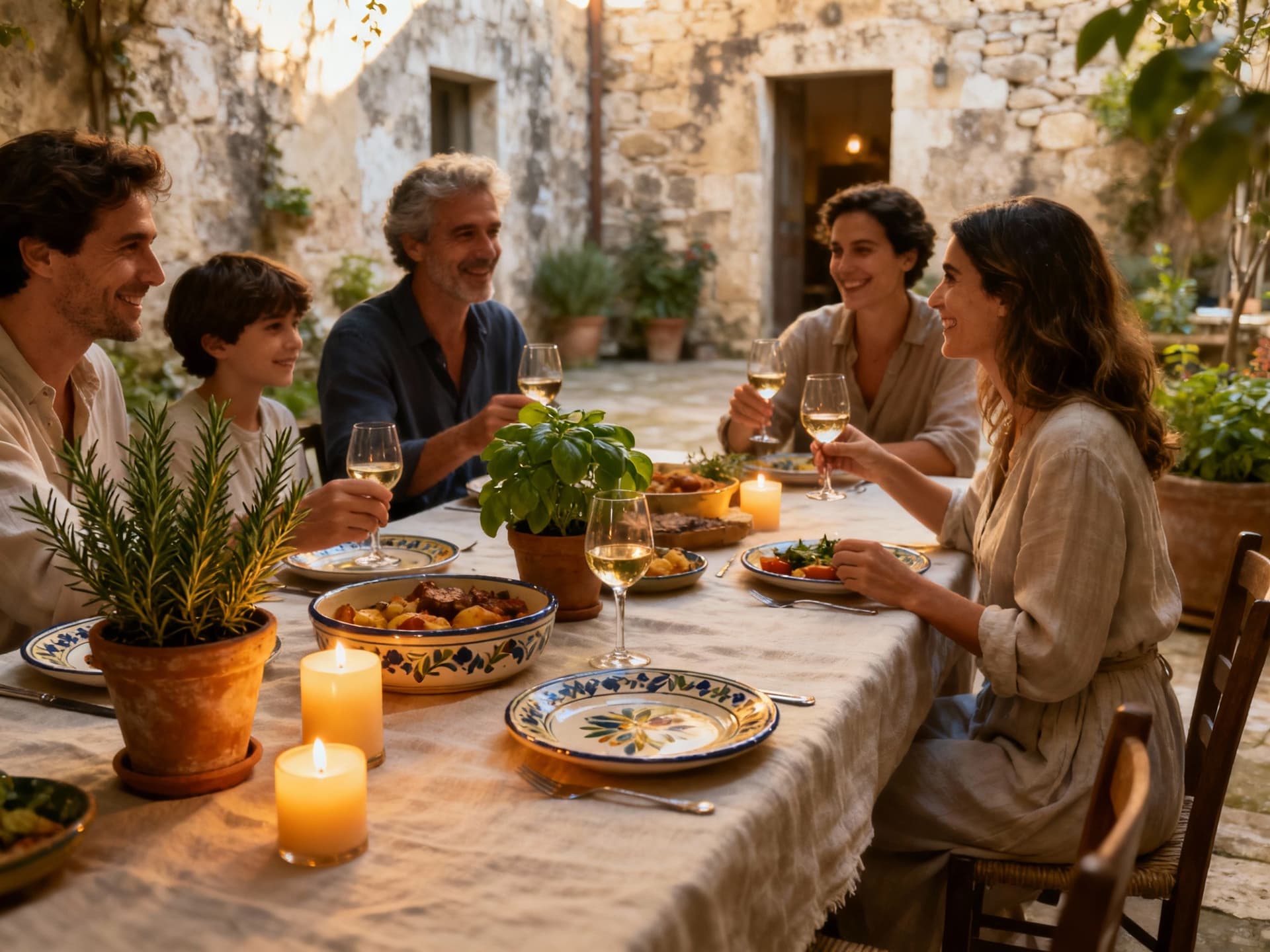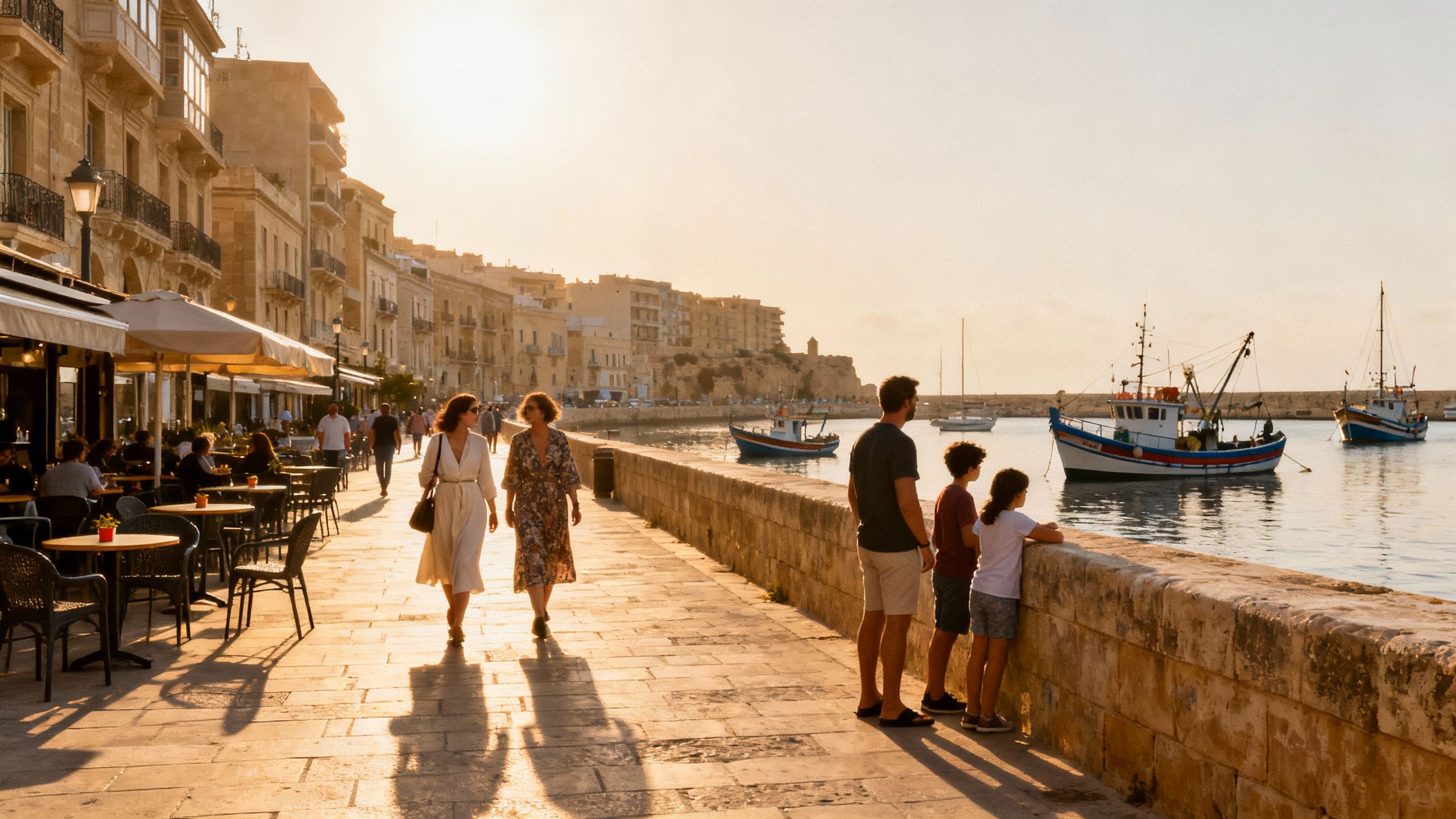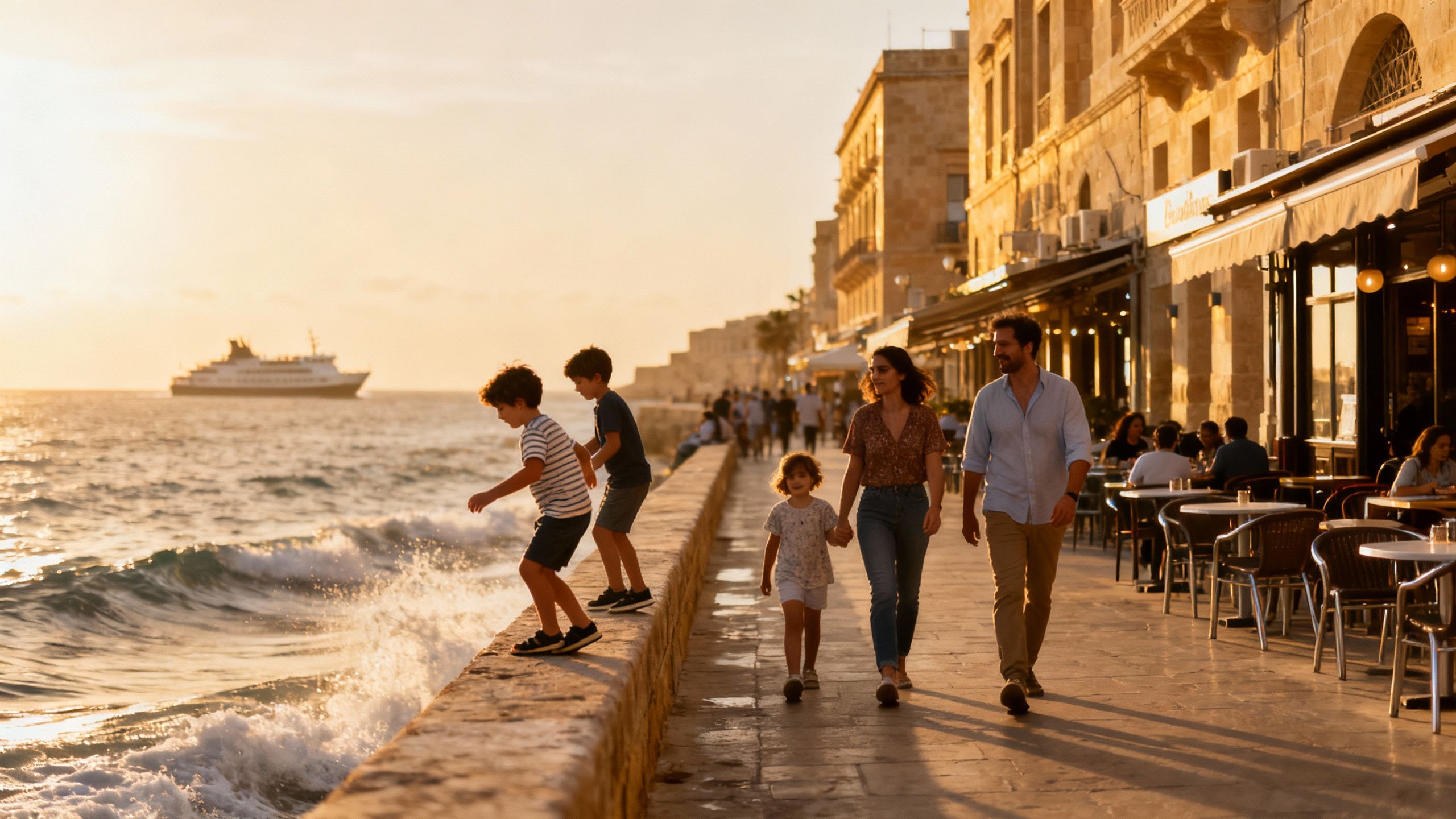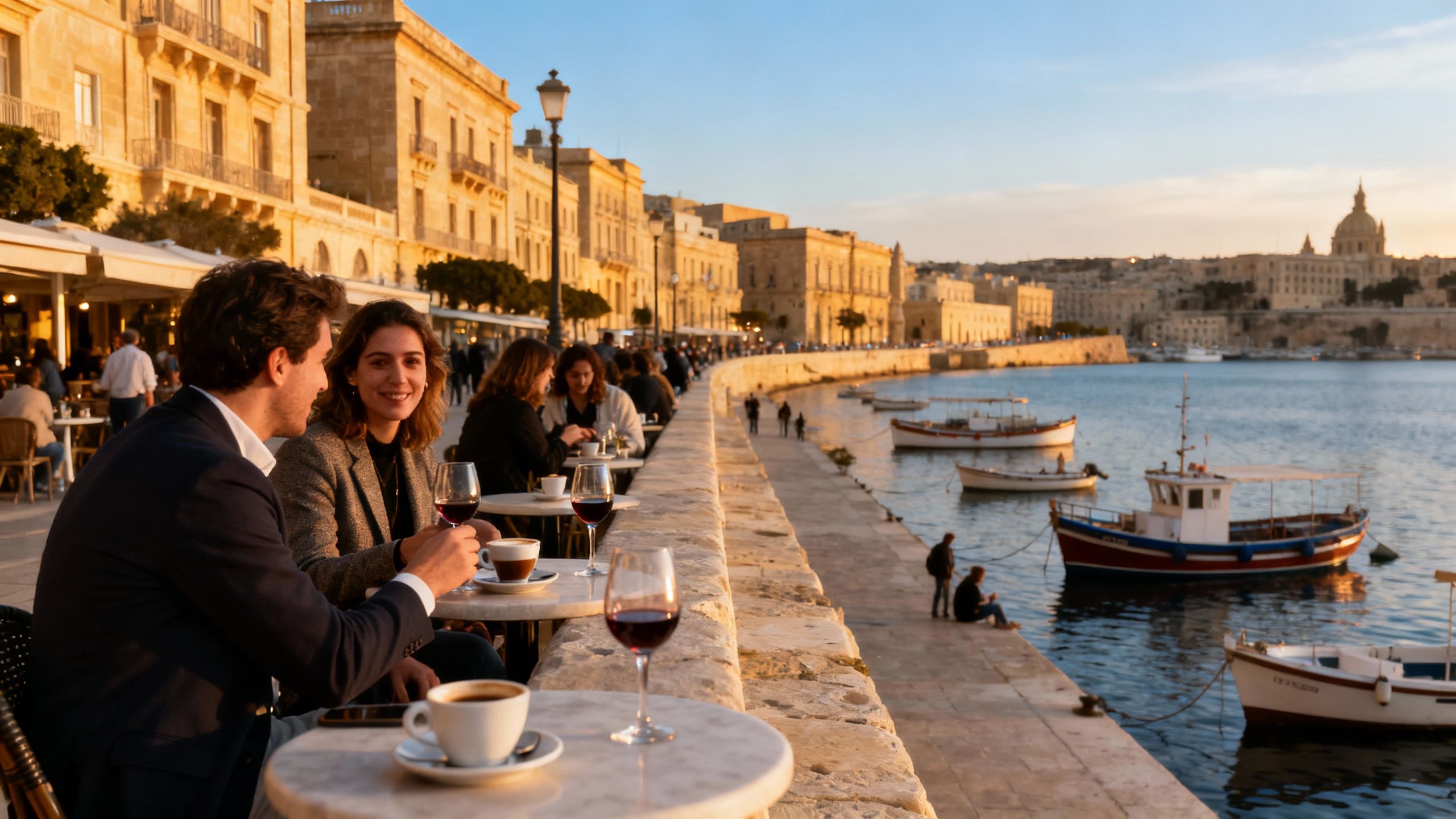Where Value Hides in French Neighbourhoods
A neighbourhood-first approach to buying in France: how lifestyle subtleties, seasonal visits and local expertise reveal where true value resides.
Imagine an autumn morning in Aix-en-Provence: shutters opening to fragrance of baking bread, a boulanger crossing Rue Gaston de Saporta with a crate of warm fougasses, a painter setting up beneath plane trees. That small sequence—light, craft, conviviality—explains why neighbourhoods matter in France. Yet when buyers speak of "the market in France" they often speak in broad strokes and miss the fine grain where value, culture and enduring quality intersect.
Living the France lifestyle — what you really buy

Living in France is less an abstraction and more a series of neighbourhood-specific rituals: morning espresso at a zinc bar in Le Marais, marché bargaining in Cours Saleya, late afternoon pétanque in a shaded square in Arles. These rituals shape daily life and therefore the suitability of a property. The cadence of a place—the presence of boulangeries, tram links, municipal gardens—matters as much as square metres.
Provence villages: quiet appreciation, not sudden riches
Streets like Rue de la République in Lourmarin or the hill lanes of Gordes reveal a pattern: modest transactional volume, high cultural cachet, slow but steady price appreciation. These villages reward patience and stewardship; buyers who prize light, stone and provenance often find better value here than in hyped coastal markets where short-term holiday demand distorts prices.
Beyond Paris: small cities with urban comforts
Consider Nantes’ Île de Nantes or Lyon’s Croix-Rousse: they offer cultural institutions, refined dining, and transport connections without Parisian price volatility. For families seeking schools and green space, these mid-sized centres frequently balance lifestyle with access—museums, weekend markets, and riverside walks that feel authentically French yet livable year-round.
Lifestyle highlights to scout in any French neighbourhood:
A daily boulangerie within a ten-minute walk
A reliable marché day (weekly or biweekly) and local producers
Public green space or a riverside promenade for daily walking
Making the move: practical considerations that preserve the lifestyle
Recent market data show activity returning to France after a period of stagnation; lower borrowing costs and shifting demand have nudged prices upward in 2025. That macro background matters, but neighbourhood selection will determine whether you buy a home to live in and cherish, or an asset whose lifestyle promise proves hollow.
Property styles and what they mean for daily life
A narrow Provençal house with exposed stone and a south-facing courtyard offers a seasonal rhythm—summer dinners on flagstones, winter light in thick-walled rooms. An 18th-century appartement haussmannien in Lyon or Paris gives proportion and high ceilings but often less outdoor space. Newer builds provide insulation and lift access; older homes offer detail and provenance. Your choice affects sunlight, maintenance, and how you host.
Working with local experts who know the life, not just the listing
A local agency that can describe morning routines, seasonal markets and council planning is indispensable. Agencies versed in heritage restoration, energy retrofit and local sourcing will help align a property's bones with your lifestyle—whether that means a cellar for wine, a studio for painting, or proximity to an international school.
Steps to ensure the property will sustain the lifestyle you imagine:
Visit at three different times of year to test rhythms: market day, high season and winter quiet.
Ask for a neighbourhood inventory: shops, schools, noise sources and municipal projects that will change daily life.
Commission a local architect or surveyor to assess restoration needs and running costs for older properties.
Insider knowledge — what expats wish they'd known
Expat communities in France are substantial and dispersed; recent demographic data show rising numbers of foreign residents, but integration is patchwork. Language and local civic involvement often determine how quickly one feels at home. Renting local space for a few months before committing to purchase remains a pragmatic way to learn neighbourhood etiquette.
Cultural integration: small rituals that matter
Learning where to buy your fromage, knowing when the mairie closes and which boulangerie takes Sunday orders are not trivial. These small competencies influence which neighbourhood you will actually enjoy living in, and they often separate a house that looks desirable from a home you inhabit with ease.
Long-term stewardship and resale: think beyond today
Properties with documented provenance, careful restoration and quality materials tend to outperform. Areas with municipal investment in transport, heritage protection and green space are likelier to preserve value. Look for streets with continuous occupancy—cafés that have been there for decades, artisan shops that indicate a stable local economy.
Red flags that erode lifestyle and value:
Overreliance on tourist rentals in a neighbourhood—daily life disappears.
Missing basic services (grocery, pharmacy) within reasonable distance.
Heavy road remodelling or zoning changes planned nearby.
Conclusion: the most enduring purchases in France begin with a love of place and end with pragmatic stewardship. Fall for the street—its light, its market, the way neighbours greet one another—and then safeguard that feeling with careful due diligence, seasonal visits and local expertise. An agency that understands both architectural integrity and neighbourhood ritual becomes less an intermediary than a steward of the life you expect to lead.
Norwegian with years in Florence guiding clients across borders. I bridge Oslo and Tuscany, focusing on legal navigation, cultural context, and enduring craftsmanship.


